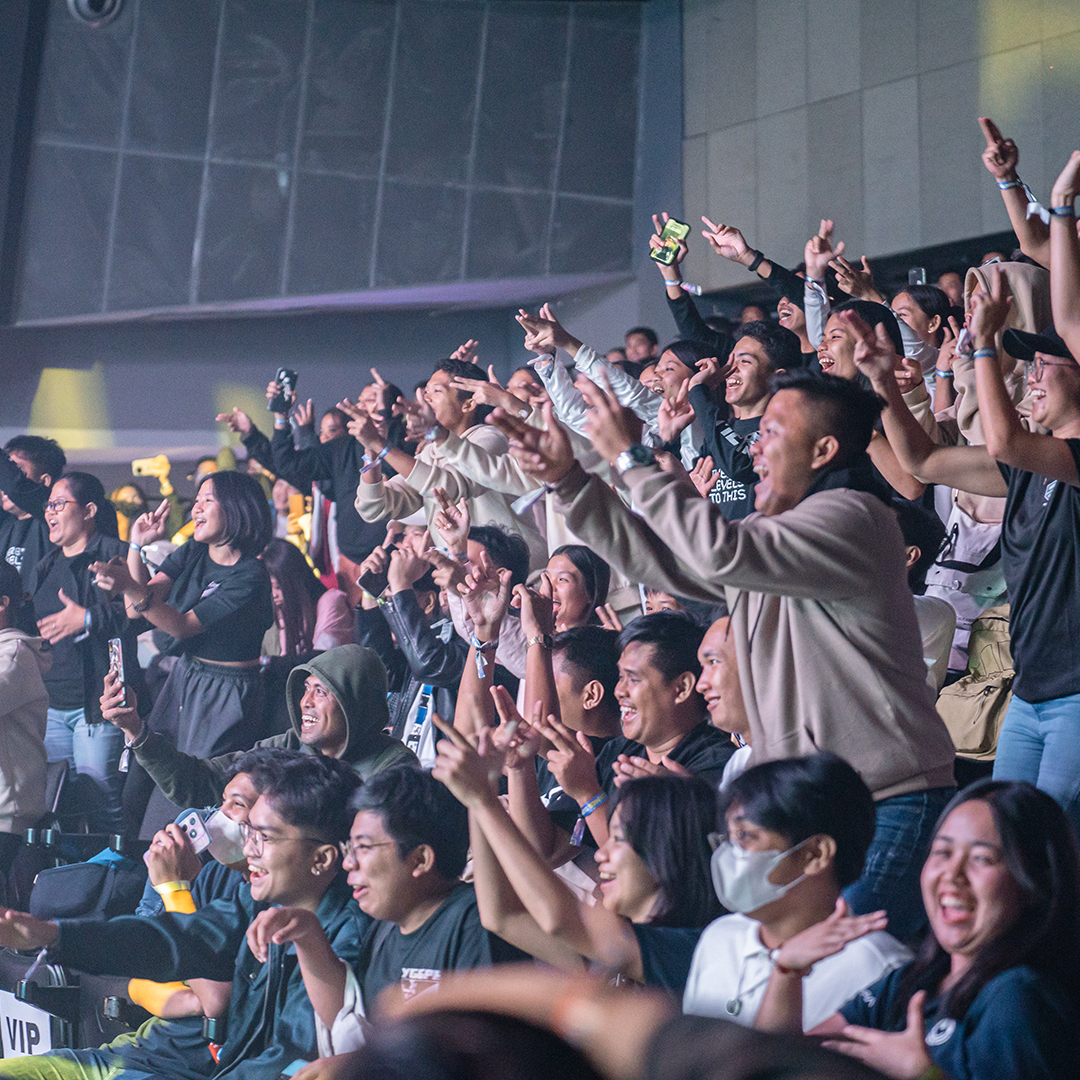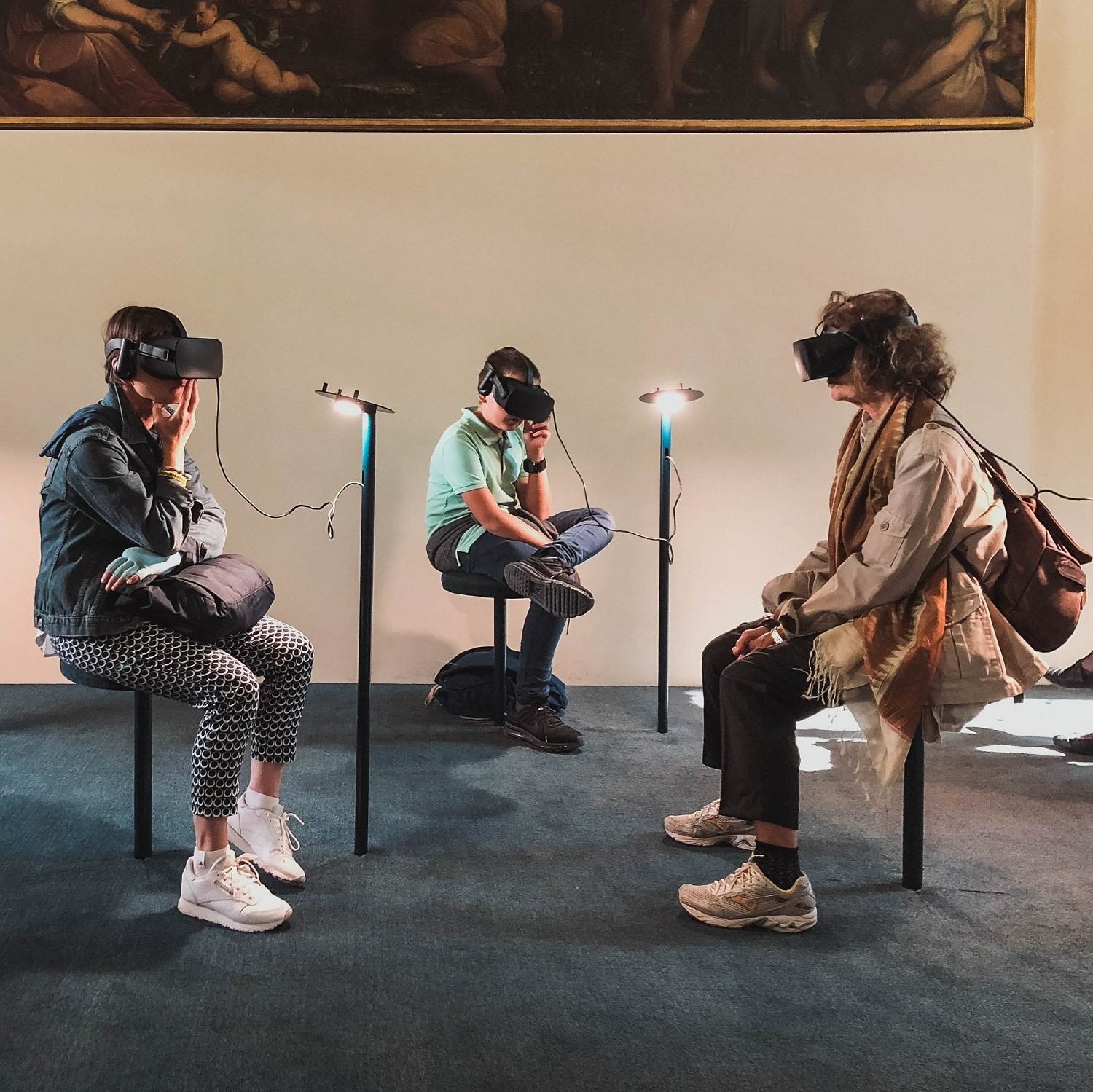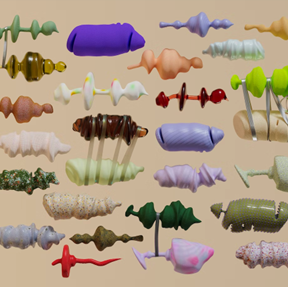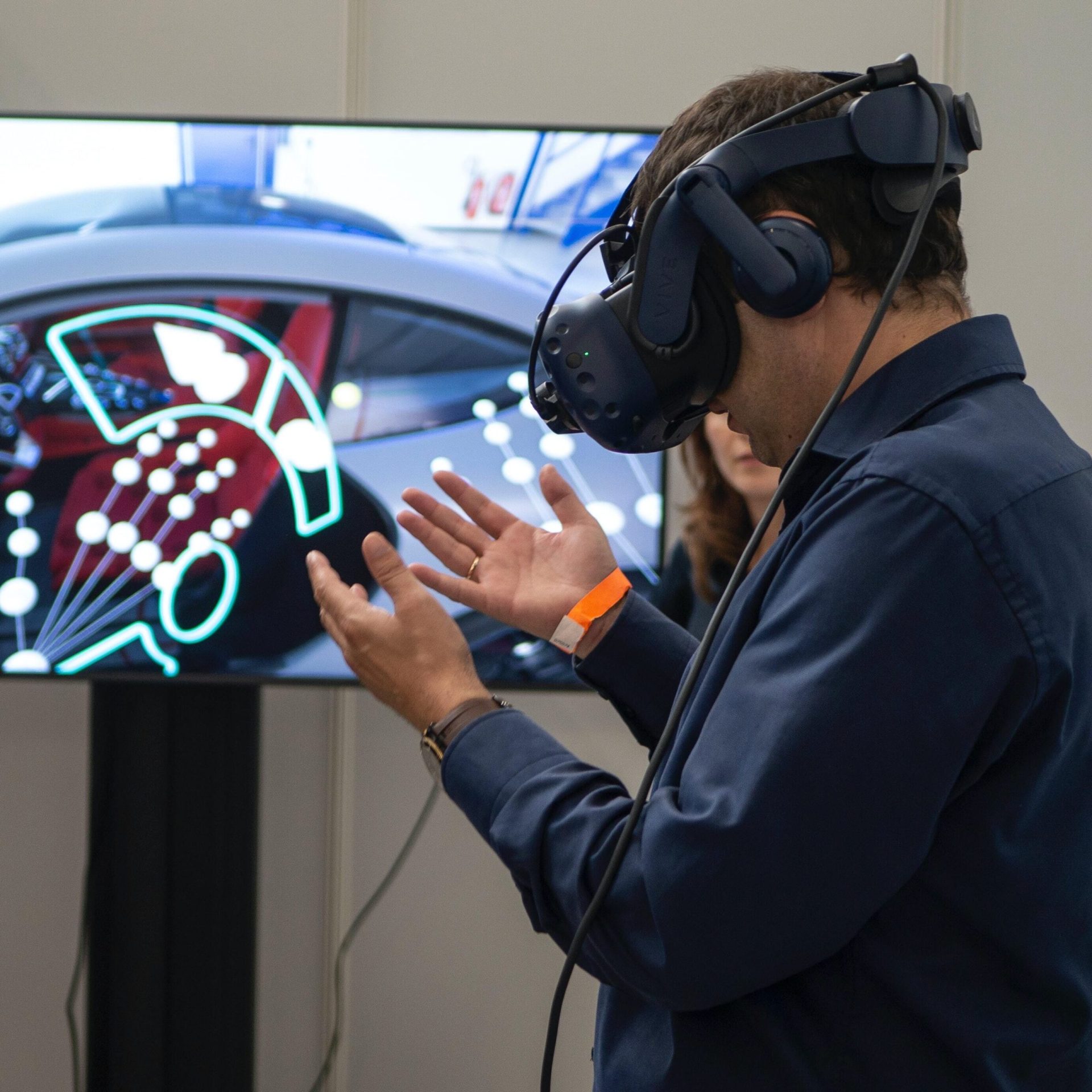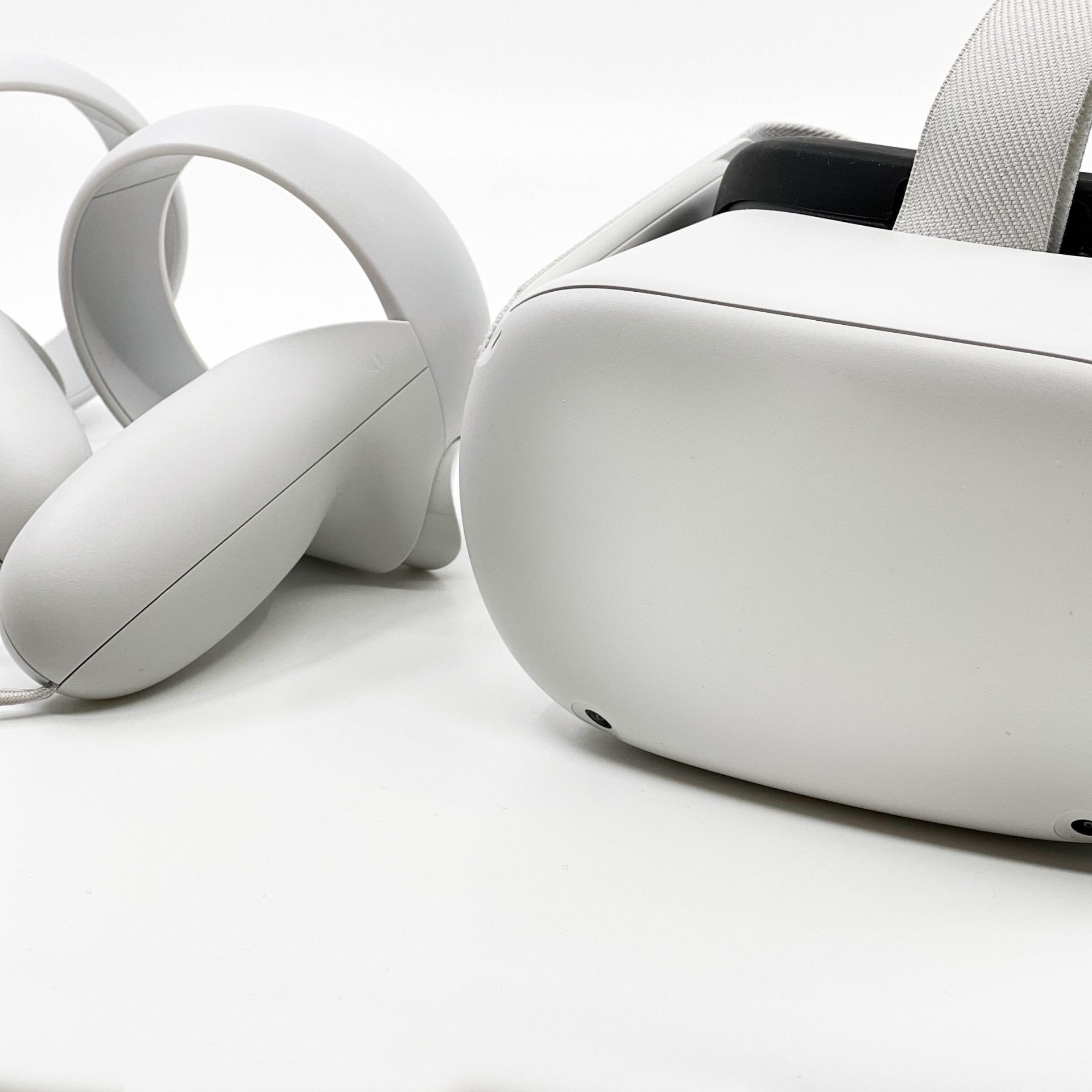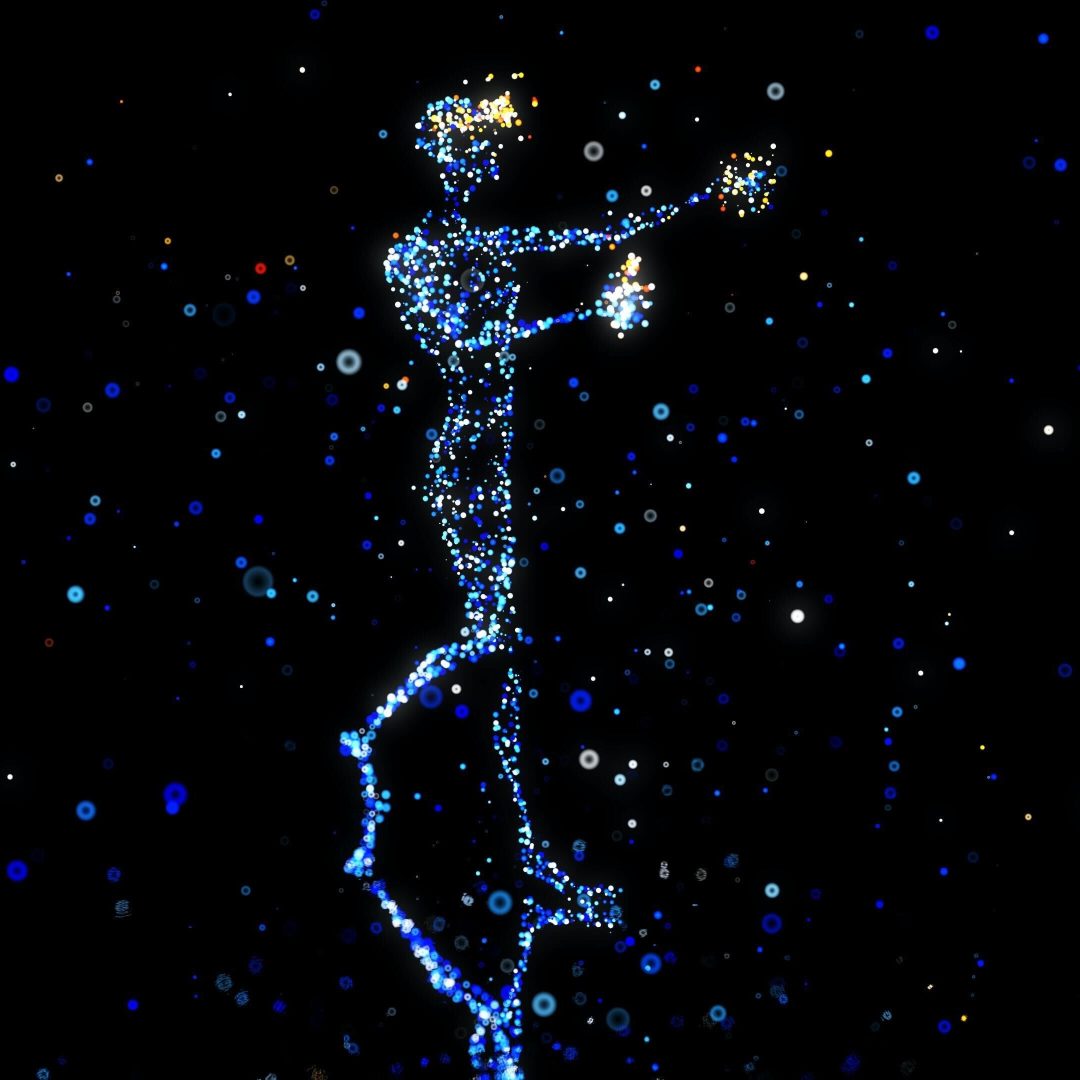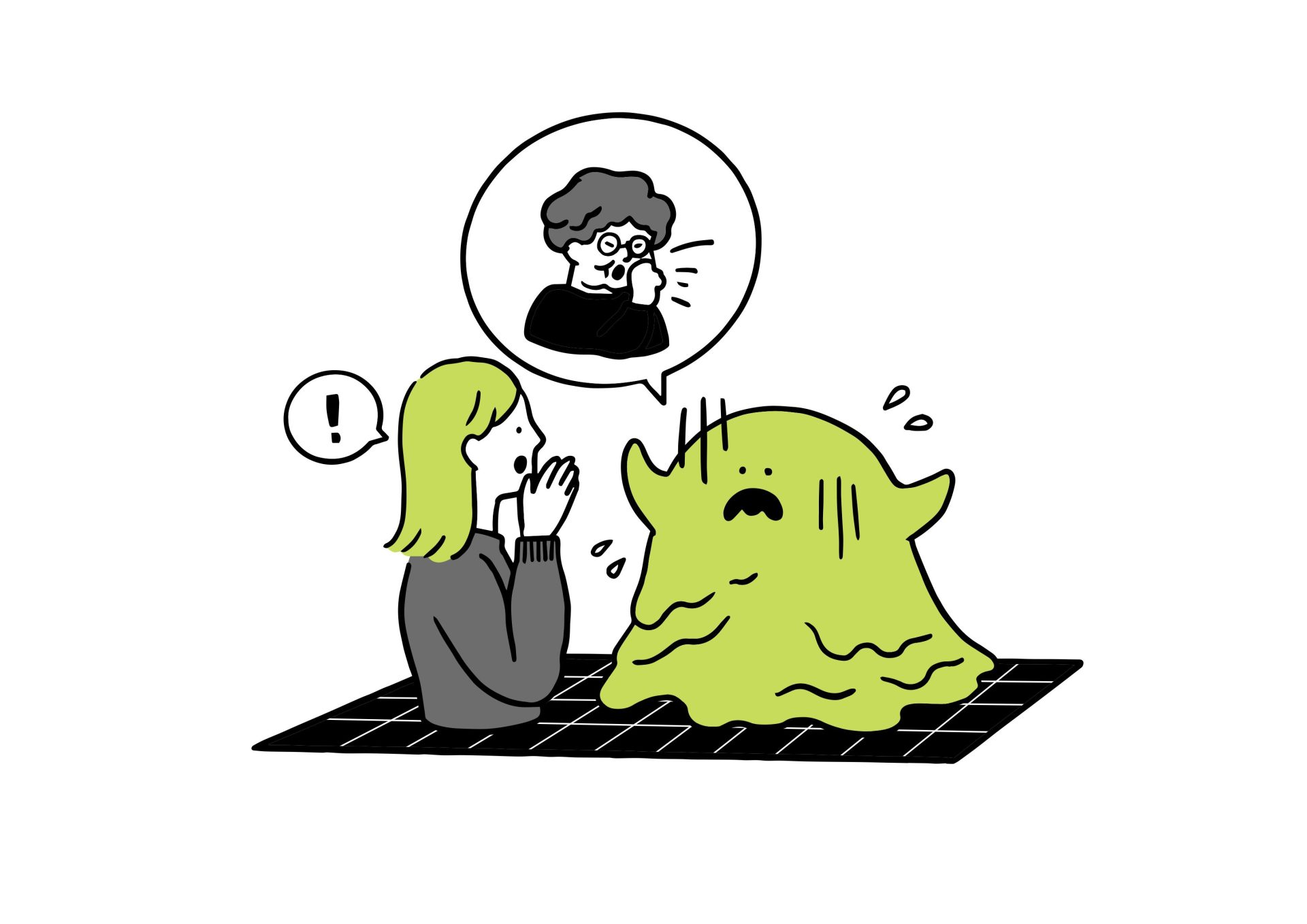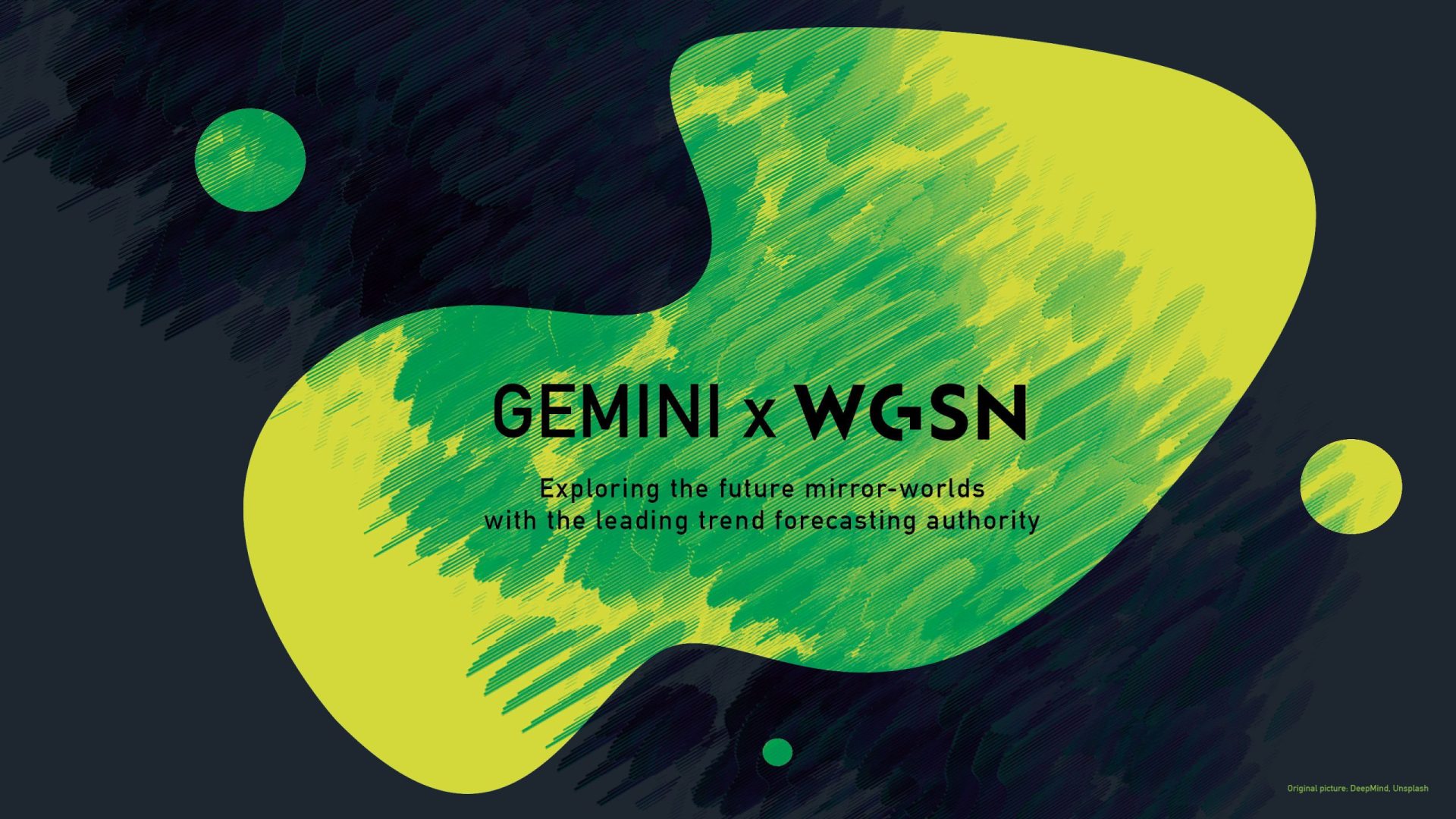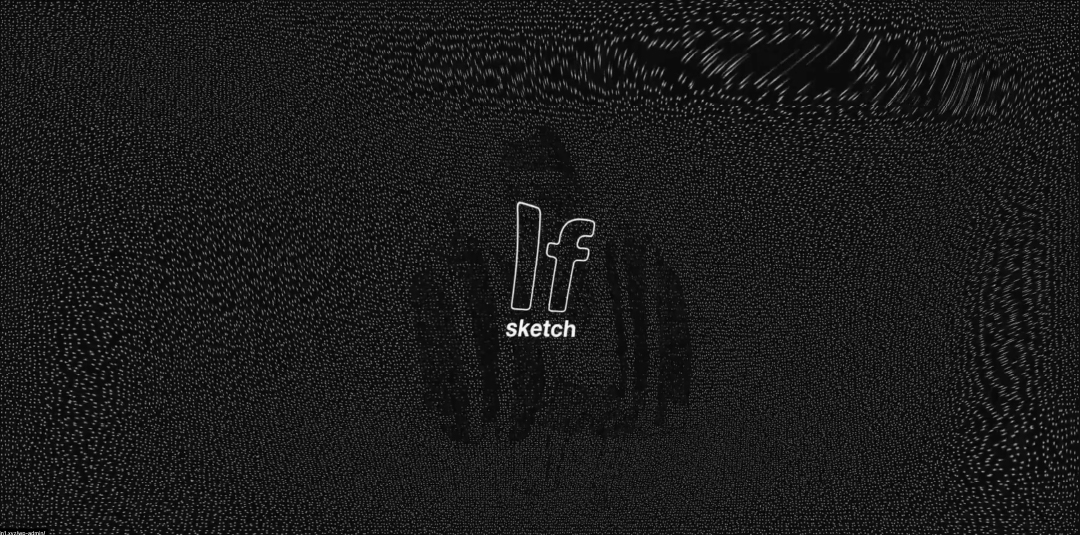As developments in automation continue to impact how we live, humans will look to the imagination as a key ingredient to dream up a new era of creative output and storytelling.
Analysis
According to Salesforce, 95% of all brand-consumer interactions will be automated through artificial intelligence tools by 2025. During this transformative time, human imagination will be the most important skill to push innovation.
Futurist Nikolas Badminton believes that society is evolving from the Information Age – an economic period that began in the mid-20th century where information technology was the major driver of growth – into the Imagination Age, where individual and collective creativity will generate new economic, ecological and cultural value.
In the Imagination Age, humans will need to adopt a ‘vuja de’ mindset, an inversion of deja vu, where something familiar is viewed with a fresh perspective. Childlike thinking will be a necessary element of this in order to dream big and uncover new insights to solve old problems.
As we seek ways to broaden our imaginations, AI tools will be used to expand possibilities in the realm of creativity and make it more accessible to a wider range of people, opening up new opportunities for various creative enhancements across urbanism, art, entertainment and more.
Zach Katz is an artist experimenting with DALL.E 2, an AI tool which can generate images and art using natural language descriptions to reimagine cities as pedestrian-friendly places. He shared the Google Street View of his address and instructed it to add and remove elements, suggesting a new way for urban planners to think and reimagine cities. There’s also Los Angeles-based artist Paul Trillo, who experiments with DALL.E 2 to imagine the future of fashion via 30-second AI-generated fashion shows.
While Danielle Adams, a graduate of London’s Central Saint Martins, harnessed AI as a means to preserve the creativity of the late fashion designer, Alexander McQueen. In the project titled Post-McQueen, Adams fed an algorithm with images of the designer’s creations. The AI model was then able to develop new visuals of similar fashion designs, keeping McQueen’s creativity ‘alive’.

Why it matters
Today there is debate as to whether these AI tools will render the role of the human creative obsolete, however, it is also important to recognise their ability in supporting human creativity in areas such as speed in execution, making it possible to visualise hard-to-articulate concepts within minutes. Used wisely, these tools allow us to focus on much-needed qualities that are unique to humans, including compassion, empathy and imagination.
Article powered by WGSN.com
Co-created by
-

WGSN
WGSN
WGSN Is The World's Leading Consumer Trend Forecaster. Our Accurate Forecasts Provide Global Trend Insights, Expertly Curated Data And Industry Expertise To Help Our Clients Understand Consumer Behaviour And Lifestyles, Create Products With Confidence And Trade At The Right Time.
Share
Discussion
Index
Index
Archives
Recommend
Recommend
Recommend
Recommend
Recommend
-

{ Special }
The Metaverse + Memory Base
The Metaverse + Memory Base
The Metaverse + Memory Base
-

{ Special }
Observing Elderly People’s Health
Observing Elderly People’s Health
Observing Elderly People’s Health
-

{ Special }
Beyond borders
Beyond borders
Beyond borders
-

{ Prototype }
Fracture Born From The Fusion Of The Virtual And The Physical ── Sunaki “GEMINI EXHIBITION: Debug Scene” Artist Interview 03
Fracture Born From The Fusion Of The Virtual And The Physical ── Sunaki “GEMINI EXHIBITION: Debug Scene” Artist Interview 03
Fracture Born From The Fusion Of The Virtual And The Physical ── Sunaki “GEMINI EXHIBITION: Debug Scene” Artist Interview 03
Special
Special
Special
Special
Special
Featured articles spun from unique perspectives.
What Is
“mirror world”...
What Is
“mirror world”...
What Is
“mirror world”...
What Is
“mirror world”...
What Is
“mirror world”...
“mirror world”... What Is
“mirror world”... What Is
“mirror world”... What Is
“mirror world”... What Is
“mirror world”...
Go Down
Go Down
Go Down
Go Down
Go Down
The Rabbit
The Rabbit
The Rabbit
The Rabbit
The Rabbit
Hole!
Hole!
Hole!
Hole!
Hole!
Welcome To Wonderland! Would You Like To Participate In PROJECT GEMINI?




